Previous Exhibitions
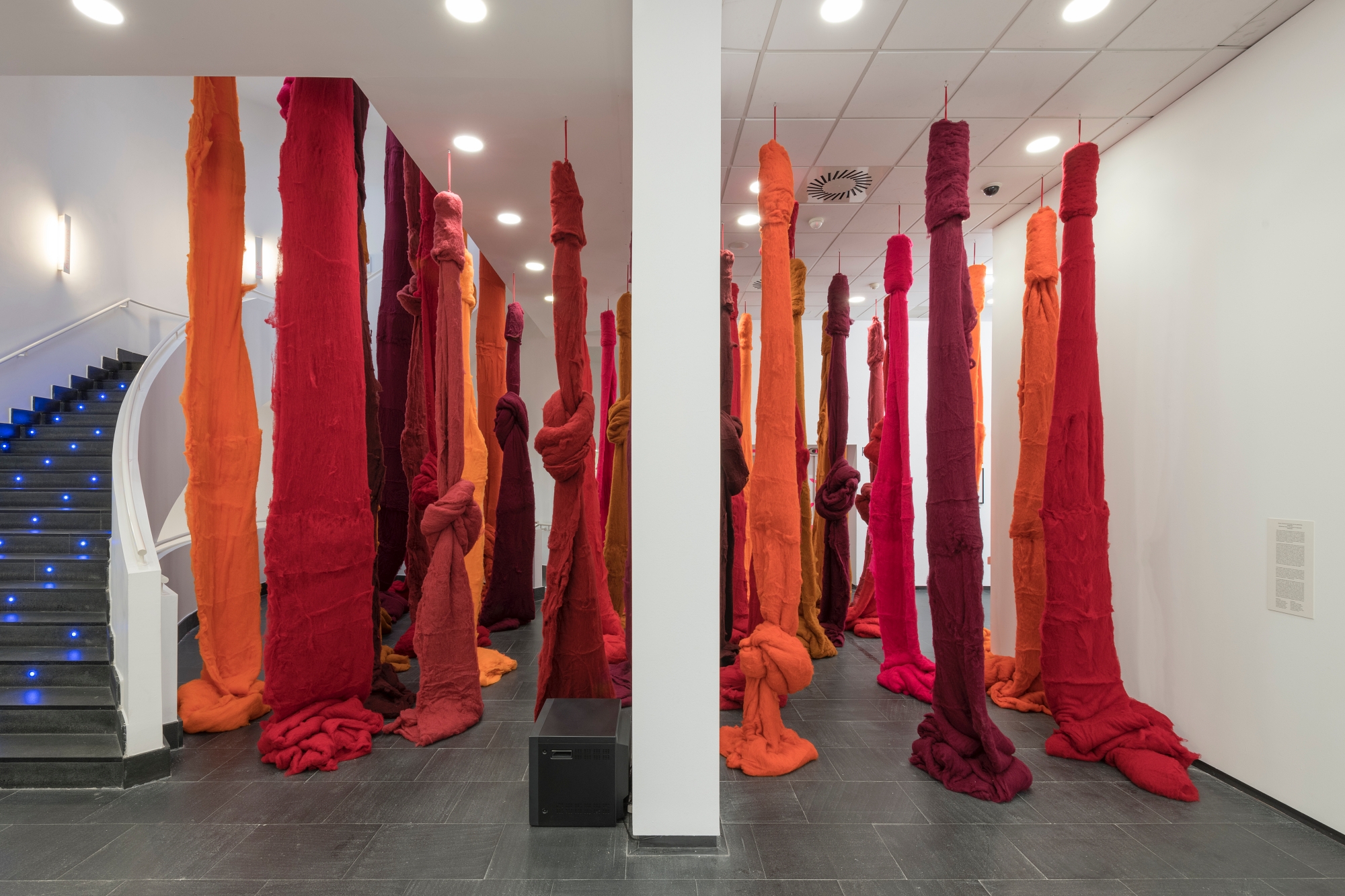
Cecilia Vicuña. Seehearing the Enlightened Failure brings together over a hundred works by poet, visual artist, and activist Cecilia Vicuña. Since the 1960s, the artist has constituted a radical perspective on the relationship between art and politics through her writing and art making.
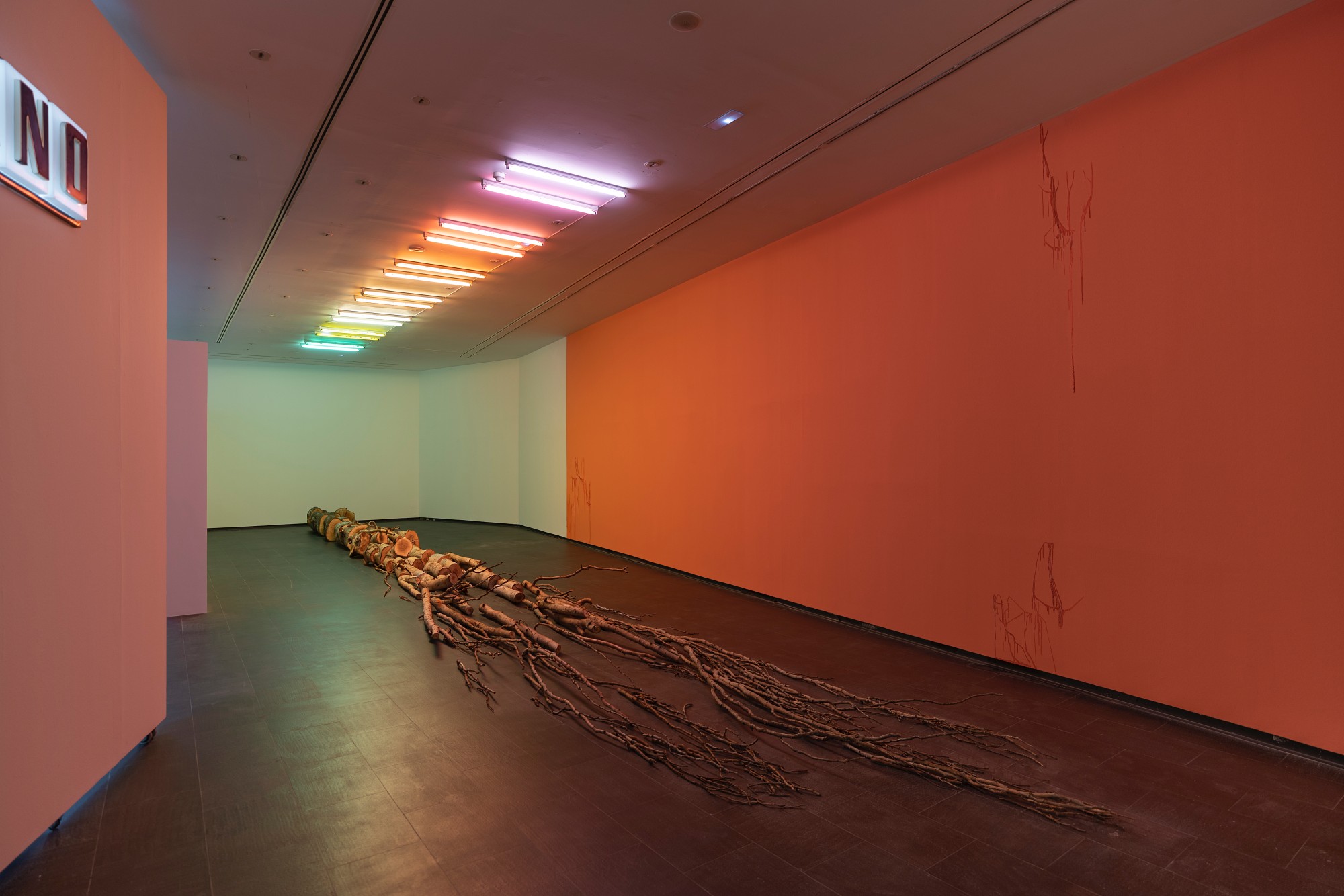
Trémula is an exhibition by the artist Javi Cruz (Madrid, 1985). It is also the story of a populus tremula—the scientific name for the tree commonly called trembling aspen– which was planted in the 1980s beside the building where he grew up and still lives today in the district of San Blas and was chopped down last year because of a disease. The night when it was felled, Javier took around 500 kg of it up to his apartment and a few days later, with the help of his friends Jacobo and Lorenzo, he loaded the biggest truck he was able to drive with more.
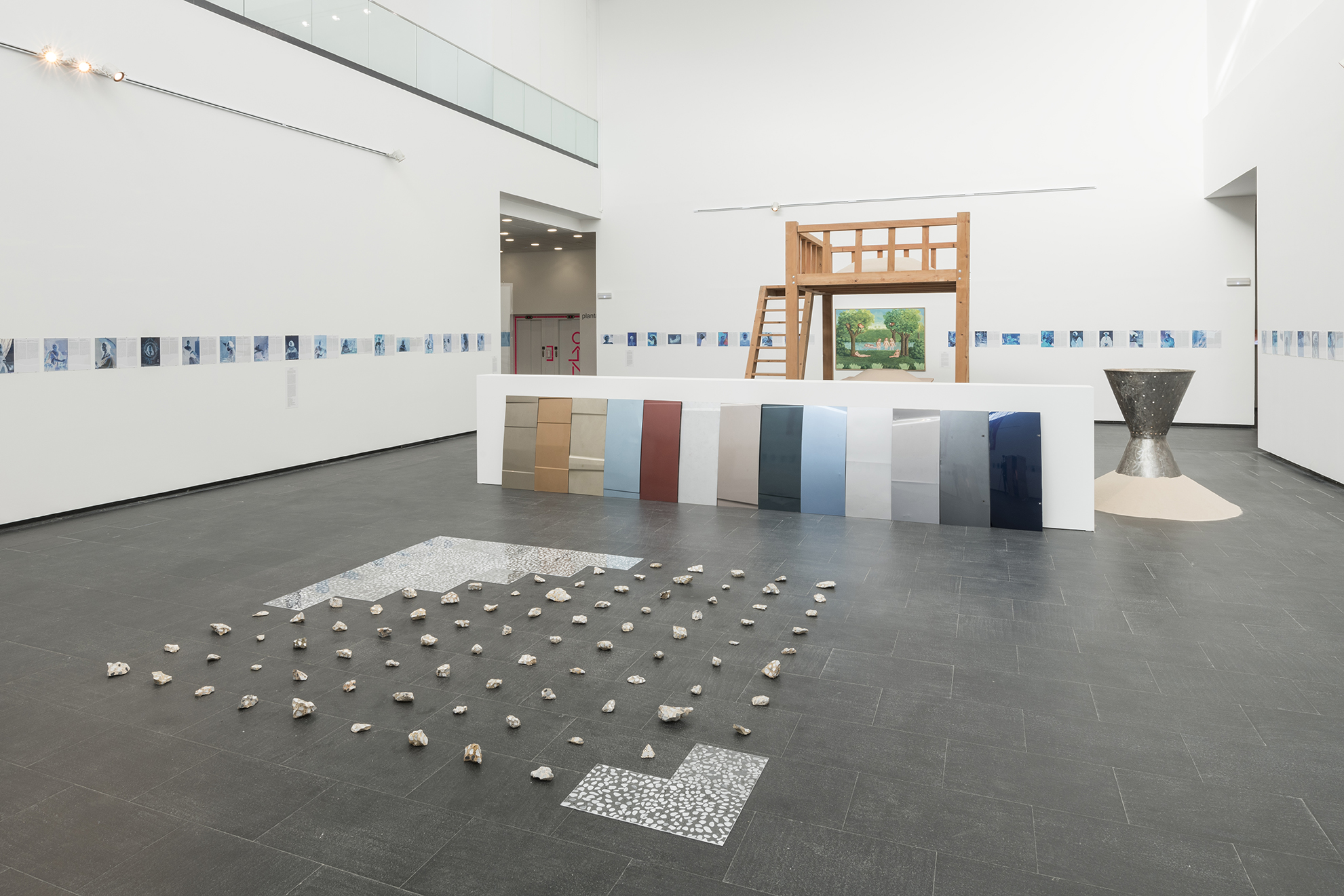
The background on which this exhibition is literally outlined is the work De entre las muertas [From the Dead] (2020) by the artist Diana Larrea, who has traced the margins of History of Art to restore forgotten genealogies of women artists from the Renaissance up to the beginning of the 20th century. These women artists are joined by other ones from younger generations enabling us to think in the present tense.
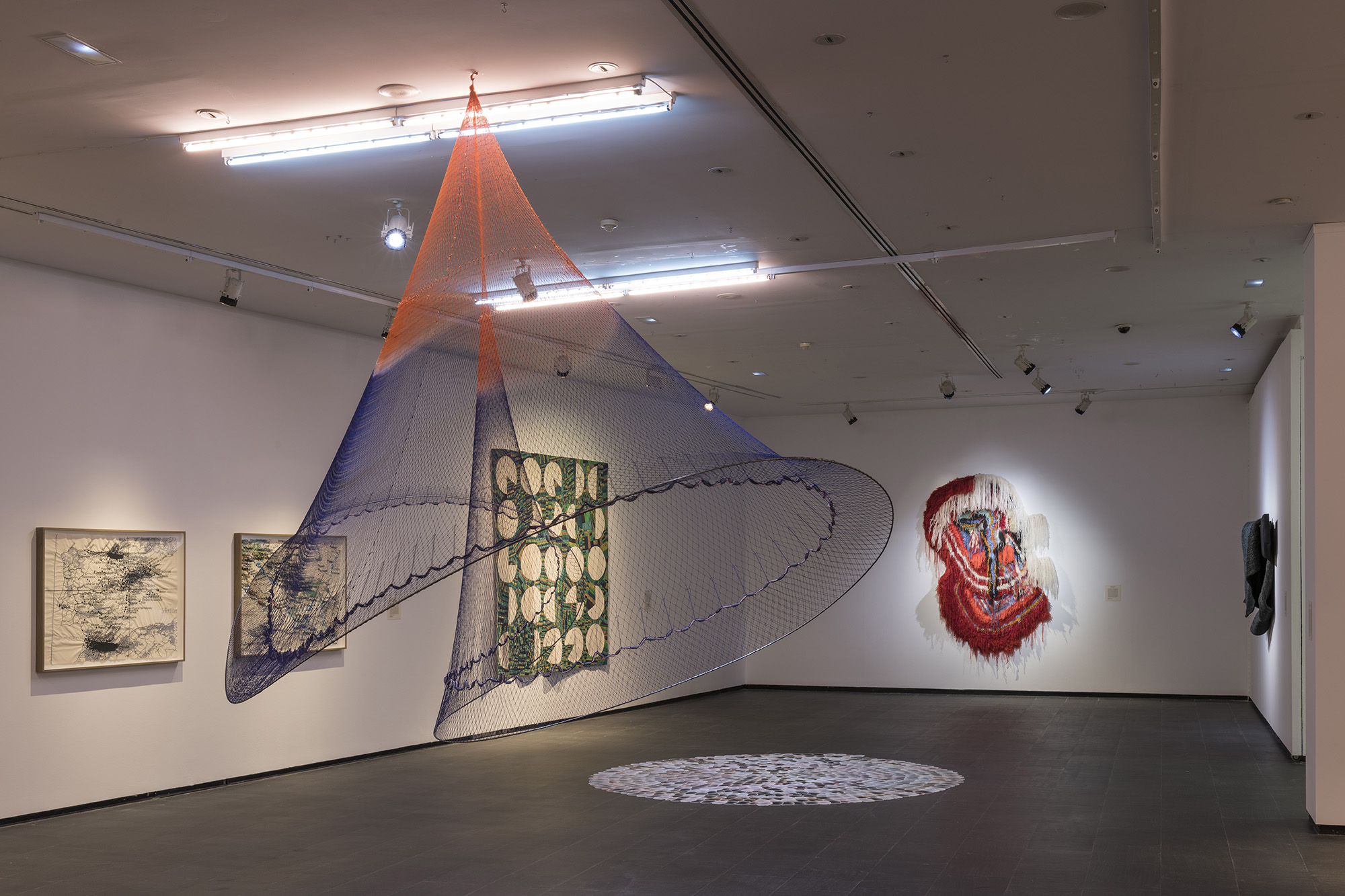
The pieces in this exhibition, from the CA2M and Fundación ARCO collections, enable us to trace the history of the use of textiles in contemporary art from the 70s to the present day.
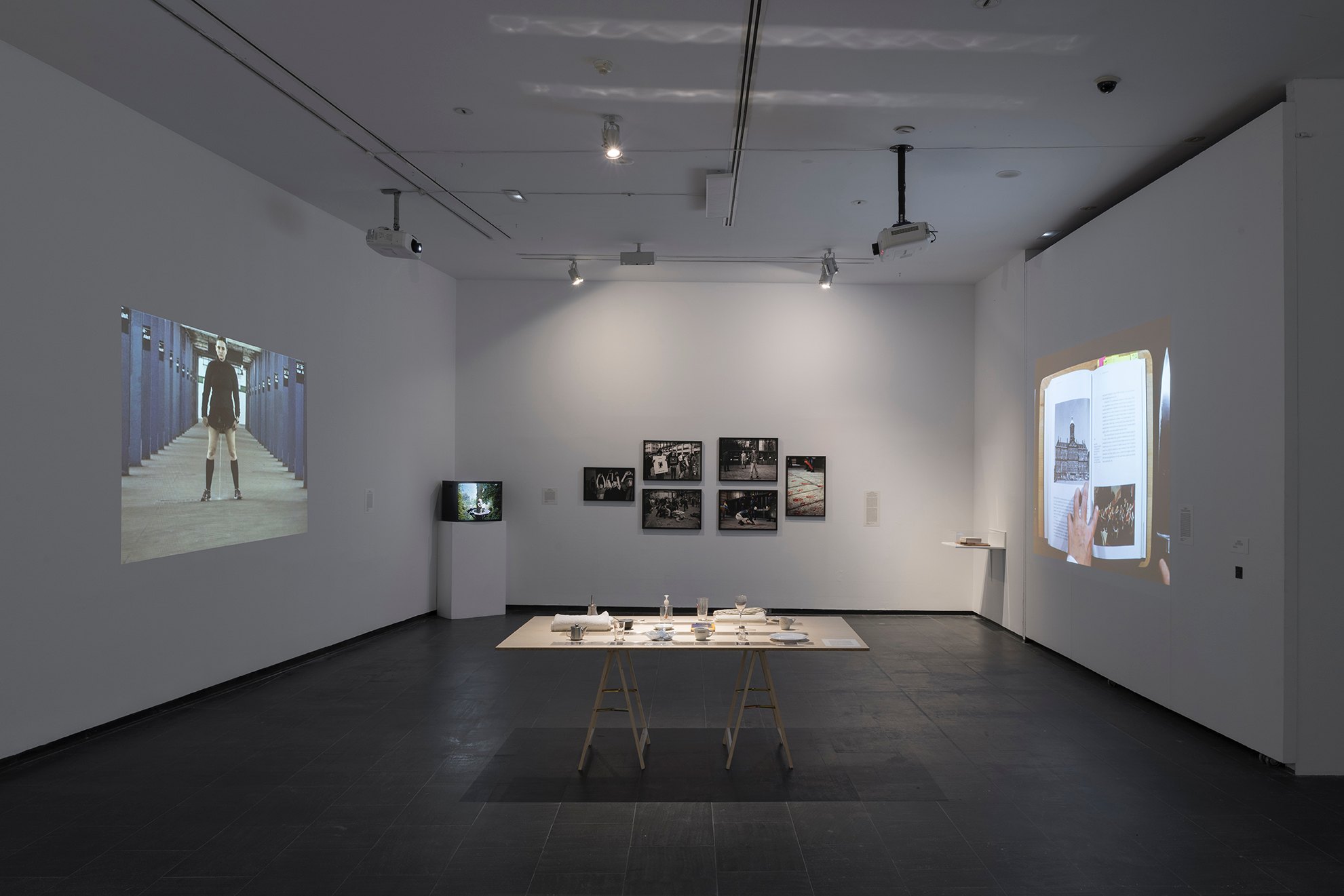
In museums like ours, experience appeals to the whole body, with its distinctive features, its desires and different possibilities. Performance is the way contemporary art refers to artistic productions that place the body, its articulation of presence and the temporality of its actions, at the heart of its proposal.
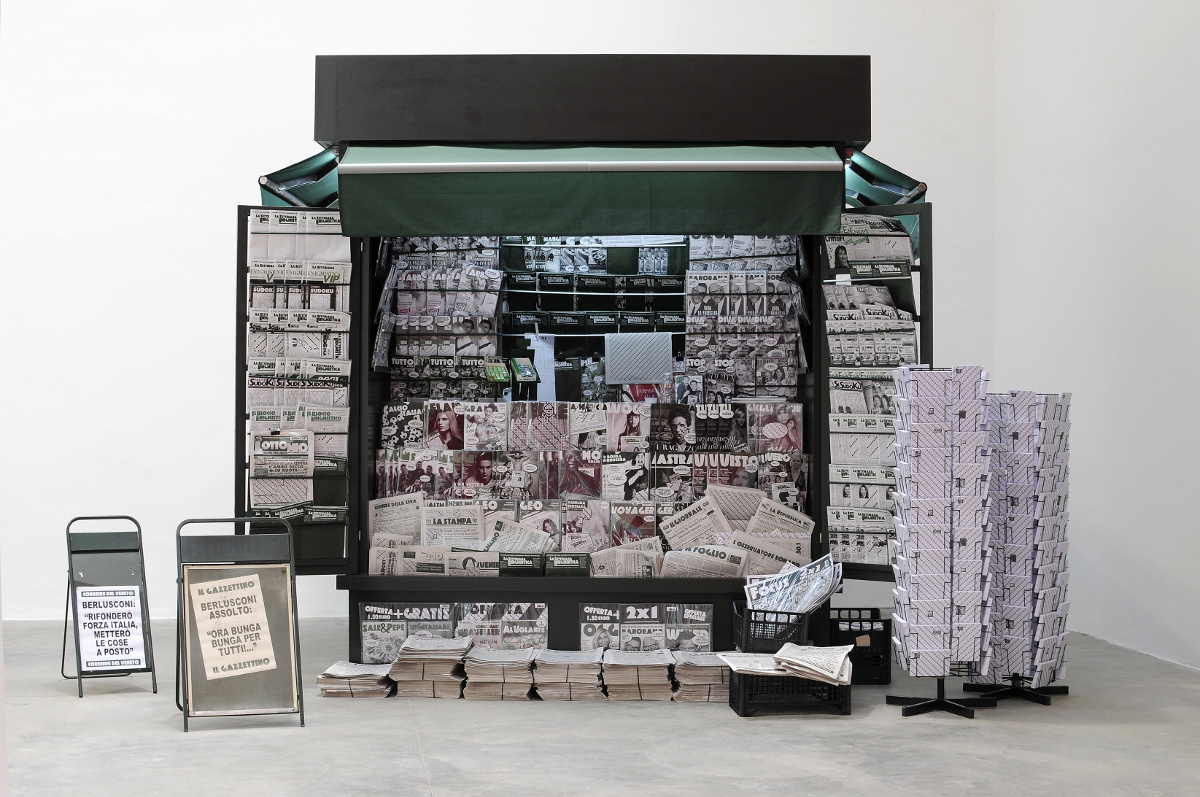
Francesc Ruiz's first major exhibition at a state museum in Spain is a retrospective and an exhibition of new works.
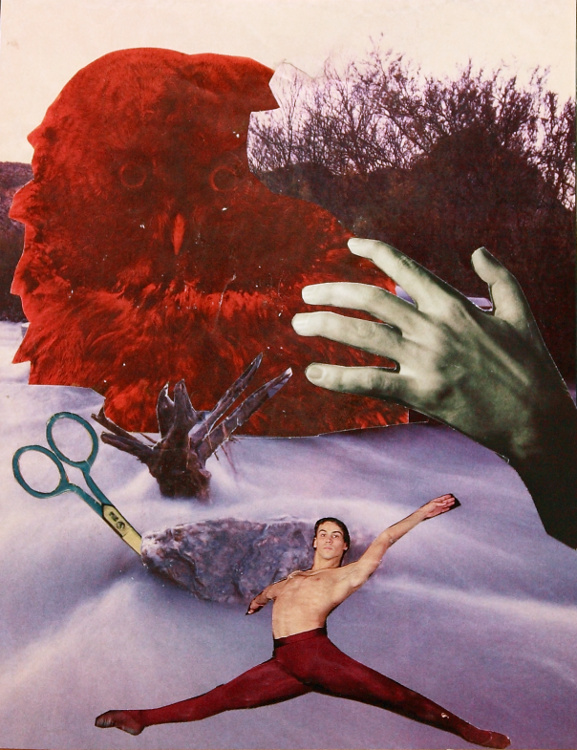
Absurd Humour defines a new constellation of absurd humoristic practices in Spain. Starting out from Goya’s Disparates (The Follies), we take a look at the 20th and 21st centuries through the optic of Ramón Gómez de la Serna in order to espy different artists and humoristic ideas produced in Spain up until the current moment in time.

Though he is largely known for his photographs, Wolfgang Tillmans –one of the most important artists of his generation– has also been working with video since 1993. The first he exhibited was Lights (Body) in 2002, a piece that shows the automated movements of the lighting systems in two different clubs.
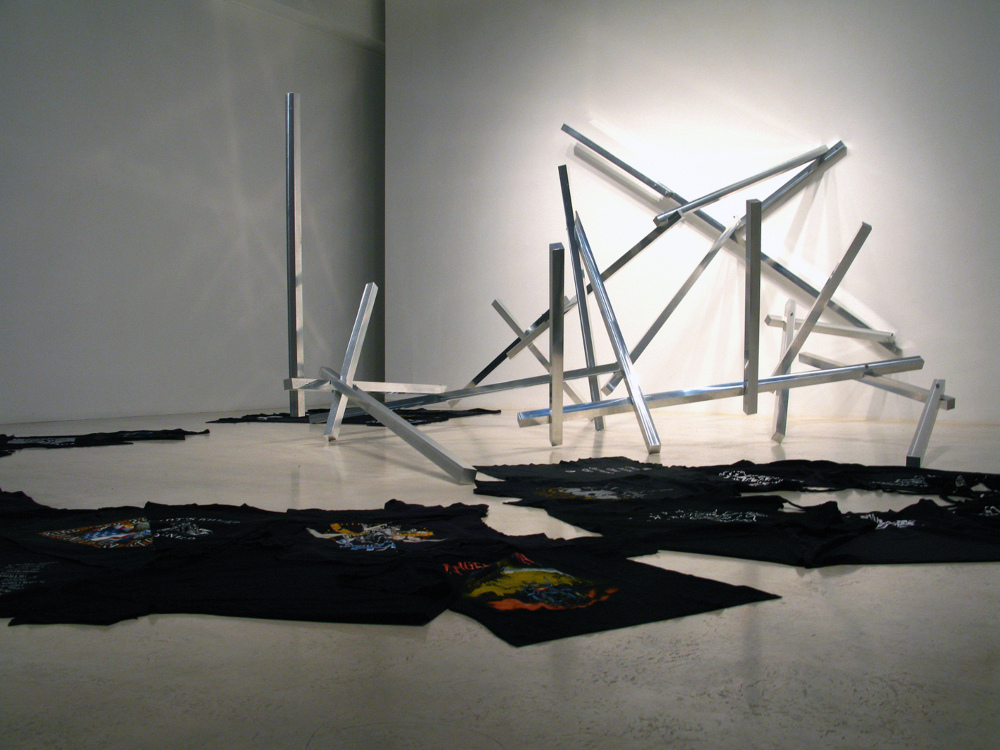
Todos los conciertos, todas las noches, todo vacío reúne algunos de los últimos trabajos de Ana Laura Aláez en diálogo con otros del inicio de su trayectoria. La exposición se propone como un giro al origen, ir al punto de partida para trabajar entre las fisuras de los temas que han acompañado su trabajo en los últimos veinte años.